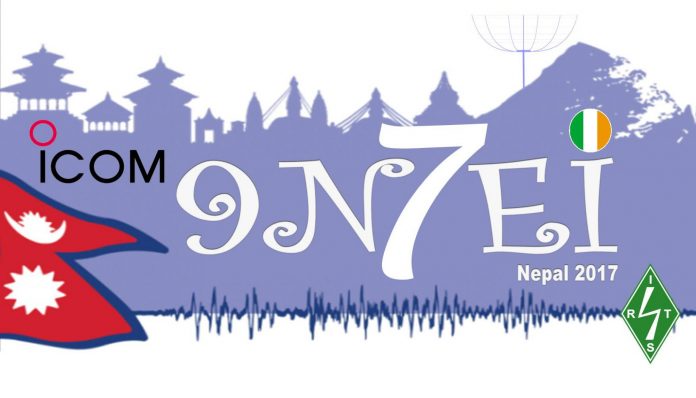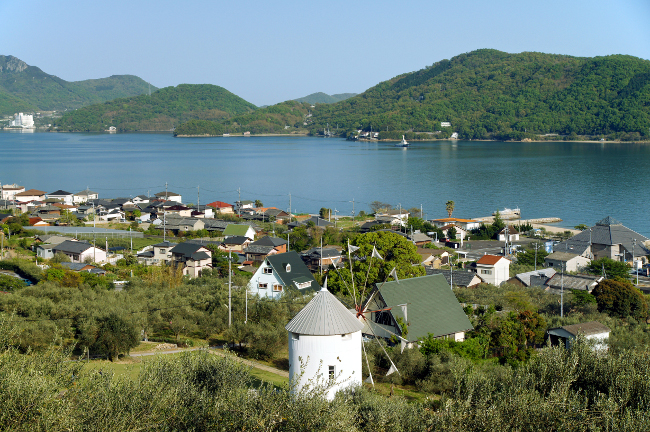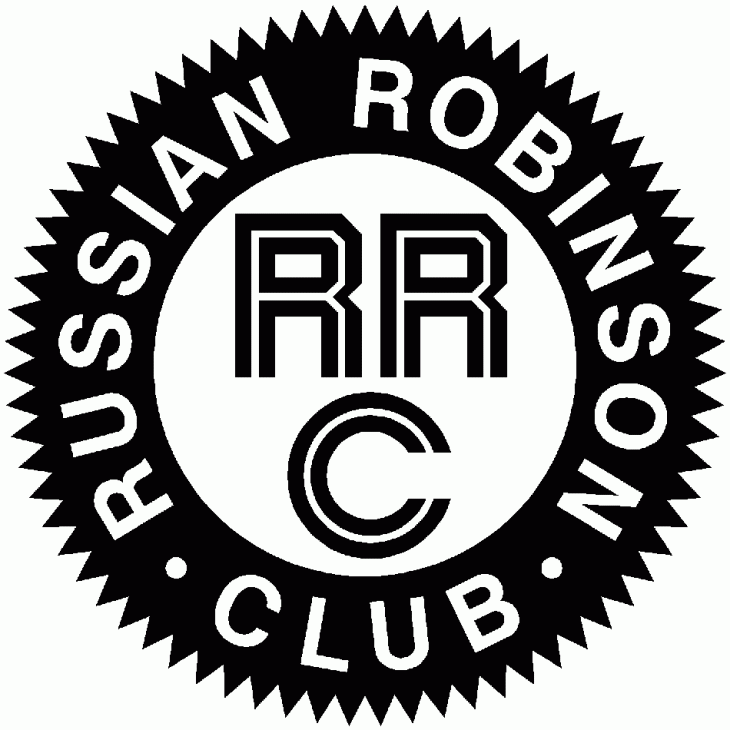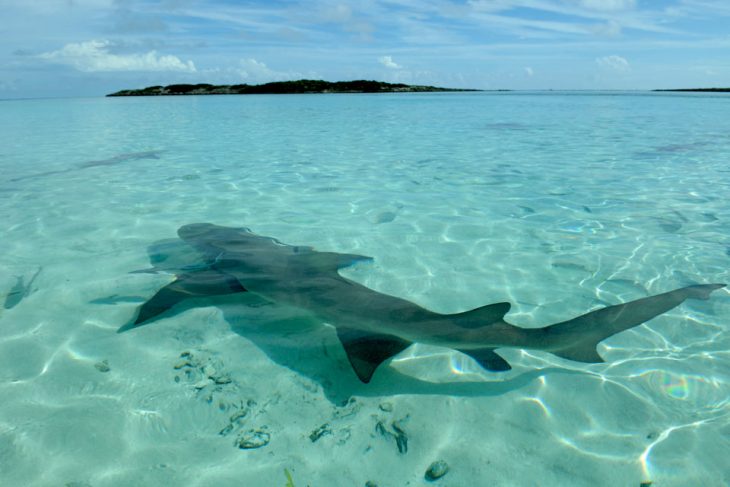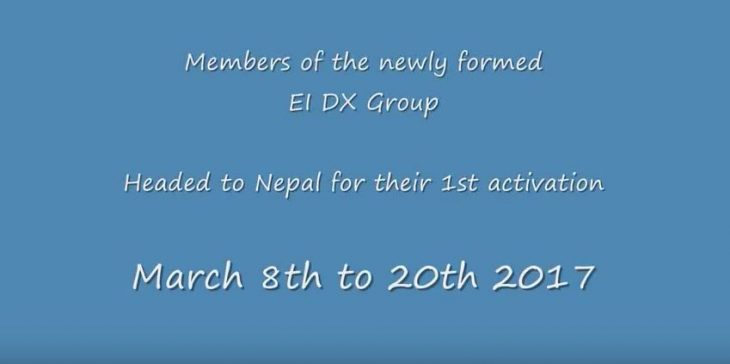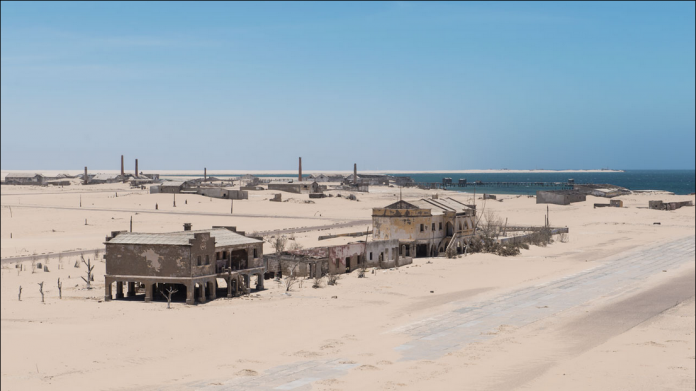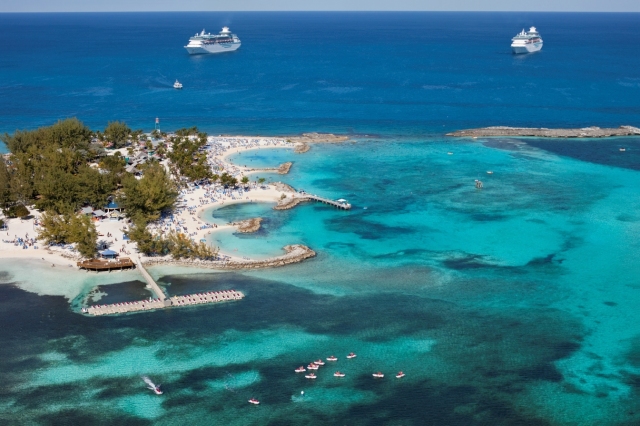Archive - March 2017
The 9G5X Team should be qrv from Ghana later today.
”We have planned for three separate stations at 9G5X, all to be set up inside a single operating room within the main hotel building. Each station will be identical, with an Elecraft K3/100 transceiver and a matching Elecraft KPA-500 500W linear amplifier.
All our K3/100 radios are fitted with the latest KSYN3A synthesizers, producing cleaner synthesized signals, in turn leading to better transmitter and receiver performance and less inter-station QRM. The new KSYN3A has faster switching times to improve TX/RX switching for high speed CW, avoiding problems with keying distortion in split frequency mode and allowing proper RIT operation on receive.”
You can see more information about the upcoming Dxpeditiion by viewing the website (click here).
QSL via M0OXO OQRS or Direct Post Mail.
Shodo Island, Japan – AS-200
From Takeshi Funaki / JI3DST
Date :17 Mar 2017 07:00z – 22 Mar 2017 00:00z
Frq/Mode :80/75/40/30/20/17/15/12/10/6m
SSB/CW/FM/RTTY/JT65
RT9K / 9 – expedition “Legends of the Arctic” reached Dickson and forced to stop further advancement
Snowmobile expedition “Legends of the Arctic” RT9 K / 9, was held on 7 snowmobiles along the route: Tarko-Sale – Samburg – Antipayuta – Gyda – Sop-Karga and reached Dixon.
At present, the expedition members are at a weather station on Dixon Island (AS-005), where they repair two sleighs and ice reconnaissance in the field together with the employees of the hydrometeorological service.
According to the leader of the expedition Igor Znamensky UA 9 KDF , after analyzing the real ice situation and disappointing forecasts of the Hydrometeorological Service in the area of the islands planned to visit the Kara Sea, the participants decided to stop the further transition to the islands and transfer of the expedition’s goals for the next year. Unfortunately, the actual thickness of sea ice, its hummocking and the presence of open water along the northeastern coast of Taimyr does not allow achieving the stated goals on snowmobile technology in this polar season.
Recall that the expedition planned to reach and activate on the air a number of islands of the Kara Sea through the IOTA program (AS-054, AS-121, AS-104, AS-068). At the same time going on such a difficult and risky journey, everyone understood that the success of the expedition would depend on the specific ice and weather conditions. Participants overcame a significant section of the route, connected at the polar station Sopochnaya Karga and reached Dixon, where they were forced to stop their further advance to the north. The Arctic once again showed its severity and unpredictability.
About the expedition, see the websites – http://yanaorgo.ru/s/02_17/index.html and http://www.qrz.com/db/RT9K/9 .
Yet there is a way back home, but for now they store the cargo for the future and, possibly, will air RT9K / 9 from Dixon Island ( AS- 005).
Let us wish the airplayers not to lose heart and hope for the successful achievement of the cherished islands in the next season.
73! Yuri Zaruba UA9OBA, President of the RRC
QSL managers use different methods to recover their operating costs which include items such as toner, labels, envelopes, and sometimes pizza lunches for the volunteer teams. Some managers personally absorb the cost while others pass the cost to the DX-pedition.
In late 2014 Pista HA5AO and Gene K5GS began discussing an OQRS / QSL management platform specifically for the QSL managers that handle our projects. While Michael Wells G7VJR ClubLog is an outstanding application which made significant positive contributions to the hobby and introduced many new concepts in confirming contacts, we were looking for something that addressed the backend QSL management processes. The complexities of handling tens of thousands of QSL cards, e-mails, Not in Log / busted calls requests, returned postal mail pieces and a host of other tasks which were done manually for so many years needed to change.
We began by collecting requirements and creating detailed process flowcharts. Pista coded the application and we soon had a skeleton platform that offered some flexibility as well as functionality. The usual and familiar DX Log Search and OQRS functions were delivered in Phase 1.
After a number of enhancements and tests we switched it on for the 2015 TX3X DX-pedition. Of course, no amount of testing will uncover every bug. We learned what users expect and how they use OQRS software. Realizing we needed input from people with more experience than either of us in handing large volumes of confirmation requests we contacted Tim Beaumont M0URX (who previously handled cards for us) and his QSL Manager partner Charles Wilmott M0OXO. After e-mails and Skype conference calls we had a comprehensive list of process steps, additional requirements and a written agreement on how to proceed. As the new requirements were sorted, prioritized and coded each was tested by the team.
Tim M0URX was our QSL consultant for TX3X, he already had access and experience with the Phase 1 software. We entered into an exclusive partnership agreement with Tim and Charles for full access and use of the new software. We began adding additional features to create a platform that would dramatically reduce the amount of time they were spending on QSL management.
As features were added the code was tested to ensure we didn’t break anything along the way and to verify the new feature worked as designed. With their confidence in the software growing day by day Tim and Charles uploaded the logs for all the DX-peditions and DX stations they manage, an amazing 3 – 4 million QSOs from hundreds of DX call signs are now spinning in the cloud. The only people with access to these logs are Tim and Charles, who back each other up. Pista and I have no credentials for their systems.
Being cloud based we can have different people handle QSL tasks from anywhere in the world, no need for travel or pizza parties. For example, after TX3X I handled “Not in Log” and “Busted Calls” from New Caledonia, New Zealand and the USA while Tim printed labels, affixed postage, shipped cards and uploaded LoTW from the United Kingdom.
One cool DX-pedition feature is an interface between the pre-departure donor databases and the station log which allows early donors receive LoTW uploads as they worked us (from the island). When a DXer makes a donation OQRS sets the LoTW flag for that QSO. Subsequent QSOs by that DXer will also be processed by the LoTW routine. Similar function was included to handle all donors of any amount, with flexibility to segment donors by preset dollar amounts, i.e. free QSL cards and/or early LoTW for a predetermined donation amount. Before this automation the QSL manager spent many hours typing call signs and e-mail addresses.
With just a few software bugs (mostly cosmetic) through the 3rd quarter of 2016 a number of new feature / functions were added in the 4th quarter to automate log handling from DX clubs and foundations (mainly in EU) and greatly improving data base response time. Now at Version 4.1; Tim and Charles report over a 50% reduction in time and labor from their previous mode of operation.
QSL managers for large DX-peditions typically get hundreds if not thousands of e-mails from DXers asking about Not in Log / Busted Call situations. Some DXers send multiple e-mails to different e-mail addresses with long explanations asking for help. While I know they’re trying to be helpful, reading these unformatted explanations is a slow and painful process. The reader must ferret out the QSO details and usually write them on a pad.
When a DXer can’t find his/her call in our system they will complete an integrated form that’s sent to the QSL manager’s work queue. Only one form is accepted per call sign thus eliminating repetitive requests to research the same missing Qs again and again for the same individual.
The now familiar OQRS Bureau card request function eliminates the need for a DXer to send us their card via the Bureau, saving more time, cost and paper. Even though we still accept bureau cards I’m sure everyone knows we don’t need or want your card via the bureau; they all end up in the recycle bin, which is a waste of everyone’s money. To be clear, we (and most DX-peditions) do provide free bureau cards but prefer the request via OQRS.
At this writing we believe we have covered all the major processes that needed to be automated and will enter a quiet period for major enhancements. Minor changes will be made regularly as well bug and cosmetic fixes.
Not unlike the automation of any manual process in the business world, standards were developed and tested. We have processes and filters to upload DX-pedition logs in the required format. DX clubs submitting consolidated logs will convert their submission beforehand, relieving the QSL manager of manual tasks. We notified the affected clubs / foundations of the changes and will create an instructional document that explains the new process. From the perspective of the typical DXer the platform’s user interface is seamless, familiar and intuitive.
Other features include:
– Comprehensive:
o audit / verification processes, especially for donor management
o security and database / log backup facilities to ensure data integrity and preservation
– Search results display status for QSL, LoTW, print queue and QSL Received / Sent status – dates
– Semi automated busted call routines
– Comprehensive statistics for the QSL manager, DX-pedition team or DX operator:
o Number of labels required,
o Total number of QSL cards
o Detailed Statistics:
- Dupes
- Operator
- Country
- Bands
- Modes
- And more
– Exceptional configuration flexibility (very little is hard coded) allows the QSL manager to customize:
o Comprehensive OQRS parameters
- Donation criteria
- Print label customization
- QSL manager information
- Log search criteria
- PayPal integration
- And more
- Automated jobs that regularly alert the QSL manager to new QSL and Busted call requests
During 2017 we’ll consolidate, prioritize and budget any new requirements. Bugs, regardless of severity, will be addressed as they materialize.
There are many amateur radio operators in the IT profession, and we all think we understand how QSLing works. Until you document the many permutations of the end to end QSL / OQRS management process you realize very quickly there are very few people that understand it well enough to design a comprehensive software application.
Virtually all of the time, work and cost to build this platform was donated by those named in this article. Those of you that request confirmations from Charles and Tim now know a little bit of what’s happening “behind the veil”. They seamlessly migrated to this new environment without anyone knowing it happened, which in itself is a significant accomplishment. The community owes these gentlemen a hearty round of applause for their commitment to the hobby and QSLing.
We appreciate the work performed by the worldwide QSL manager community and we expect others may want to use the system. At this time we’re not prepared to license the software, provide a managed service or implement and manage a support structure, this is our hobby not our business. For the foreseeable future, anyone wishing to take advantage of the platform should contact Tim or Charles.
I think the DX community knows Tim and Charles as top tier QSL managers. With their workload now dramatically reduced they are encouraging DX operators and DX-pedition teams that need a QSL manager to contact either of them to discuss requirements.
Examples of several screens used in the platform
Figure 1: User’s Busted Call Input Screen
Figure 2: QSL Manager’s Busted Call Work Queue
Figure 3: Print Label Configuration Page
Figure 4: QSL Manager’s QSO Edit Page – Individually or in Batch (unconfirmed QSO information removed)

Figure 5: User’s QSO Entry Screen
About PDXG: The Perseverance DX Group (PDXG), founded in 2013, was established to support high frequency DX operations – on all bands / modes – to rare and semi rare DXCC entities, worldwide. By bringing together amateur radio operators from around the world we will pursue excellence in DX operating and encourage global cooperation in all aspects of DXing. PDXG.net
About M0URX and M0OXO: United Radio QSL Bureau was started in 2007 by Max ON5UR and Tim M0URX to provide a one stop shop for all QSLing services. Here are a few of the services that we provide. ON5UR as part of this, sourced and designed a “DXpedition & Contest QSL” in runs of 1k+ cards where the design, card and print quality are better than what is on the market and cheaper too!
M0URX & M0OXO offer a full free QSL manager service to all DXpedition, IOTA and rare DXCC stations, Contest Stations are charged only for the first print run of cards, the same for NON DX stations. M0URX.com and M0OXO.com
Thanks to DX World for this interesting news;
An 8-man team is in full planning stage for a first time activation of Tigres Island AF-108, Angola.
This activity will take place in the first half of June 2017.
Website and full details to follow in April.
Posted by John C6ATS on his blog;
Ok – well, we’re all ready to go! The boat is ready and all the equipment assembled. The current plan is to leave Nassau very early on Friday morning (3rd), only a few hours after @M1ACB and @M0VFC arrive, in order to make the most of the weather. A look below and you’ll see what I mean.
Check out John’s blog for further information about this weeks trip to Little Harbour Cay, Berry Islands, IOTA NA-054 as C6APY.
https://kk4oyj.wordpress.com/2017/02/28/c6apy-ready-to-go/

